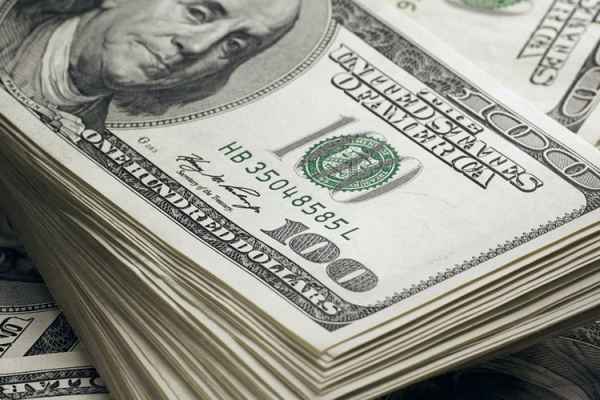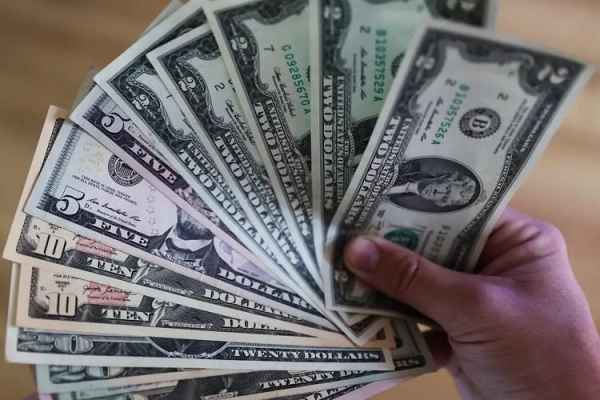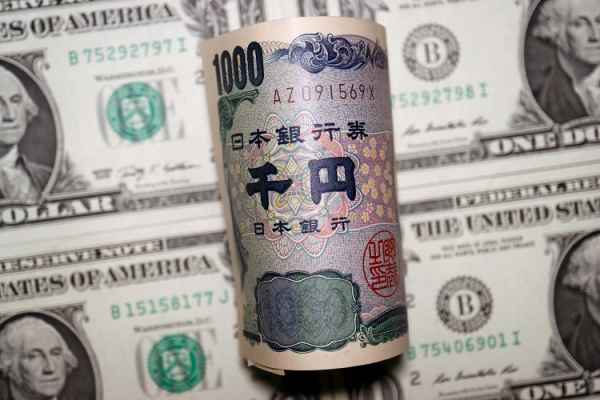Economic reports from Australia have been mixed lately, so domestic financial data has not been able to provide significant positive catalysts for AUD/USD.
AUD/USD has been trading within a two-month low below the 0.6800 thresholds since the beginning of this week. The disappointing Gross Domestic Product (GDP) data release from Australia earlier this week has worsened sentiment towards the Aussie. However, the latest report from China this week has slightly boosted it. The Australian dollar has seen an increase of about 0.5% to the range of 0.6765 against the US dollar at the end of the Asian session on Wednesday (March 1).
 AUD/USD Daily chart via TradingView
AUD/USD Daily chart via TradingView
The GDP report showed a growth of 0.5% (Quarter-over-Quarter) in the fourth quarter of 2022. The figure missed the consensus estimate of 0.8%, indicating a slowdown compared to the previous growth of 0.7%.
Annual GDP growth until December reached only 2.7%, in line with the consensus estimate. This is despite the previous report recording a 5.9% (Year-over-Year) increase.
The report has sparked pessimism ahead of the Reserve Bank of Australia (RBA) policy meeting on March 7, 2023. The consensus expects the RBA to raise interest rates by another 25 basis points on that occasion, but the prospects for further increases are increasingly uncertain.
The RBA has raised interest rates ten times since last May to pursue the 2-3% inflation target, affecting economic growth. The RBA's current benchmark interest rate has reached 3.35%. Unfortunately, Australia's inflation rate is still stubbornly stuck at 7.8% (Year-over-Year).
The RBA has no choice but to raise interest rates further. However, they will likely be forced to stop doing so soon if more economic indicators falter in subsequent reports.
Australia's recent economic reports have been mixed. Both unemployment and retail sales exceeded expectations in January. Consequently, domestic economic data has not been a significant positive catalyst for the Aussie.
"AUD is only slightly affected by Australian economic data," said Carol Kong, an economist and currency expert at the Commonwealth Bank of Australia, following the release of Australian retail sales data yesterday, "We expect higher interest rates to result in a material slowdown in household spending growth this year and will push the RBA to end its tightening cycle soon."
The Australian dollar's exchange rate today only showed sharpness after releasing China's fantastic Manufacturing PMI data. Further economic recovery in China can improve market sentiment and support the Aussie.
The National People's Congress begins on Sunday and will be the market's next focus. This grand meeting is the highest authority in the Chinese government and often produces far-reaching policy guidance.

 Dedicated FREE FOREX VPS
Dedicated FREE FOREX VPS Free FOREX Virtual Private Server
Free FOREX Virtual Private Server MT4 Demo Contest, Get $500
MT4 Demo Contest, Get $500 Sign Up for an Account, Claim 60% Deposit Bonus
Sign Up for an Account, Claim 60% Deposit Bonus Free MT4/MT5 VPS 2024
Free MT4/MT5 VPS 2024 Send E-mail and Get Free Merchandise
Send E-mail and Get Free Merchandise $1K Refer a Friend Bonus for Pepperstone Pro clients
$1K Refer a Friend Bonus for Pepperstone Pro clients Maximize Your Earnings with 100% Deposit bonus
Maximize Your Earnings with 100% Deposit bonus Trade to Win, $5,000 Monthly Demo Contest
Trade to Win, $5,000 Monthly Demo Contest Claim 30% + 15% Deposit Bonus from LiteFinance
Claim 30% + 15% Deposit Bonus from LiteFinance






